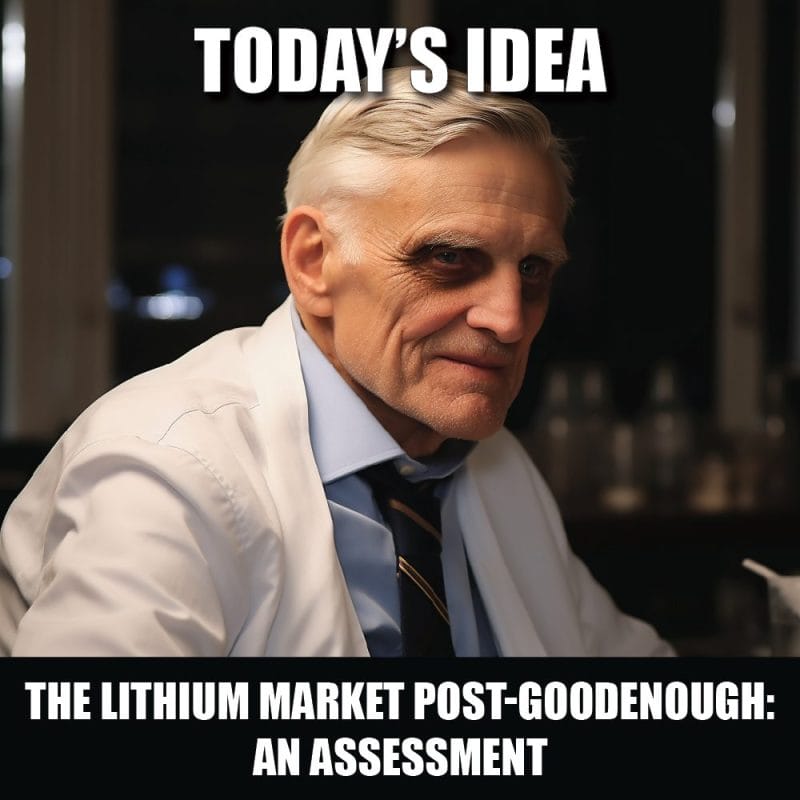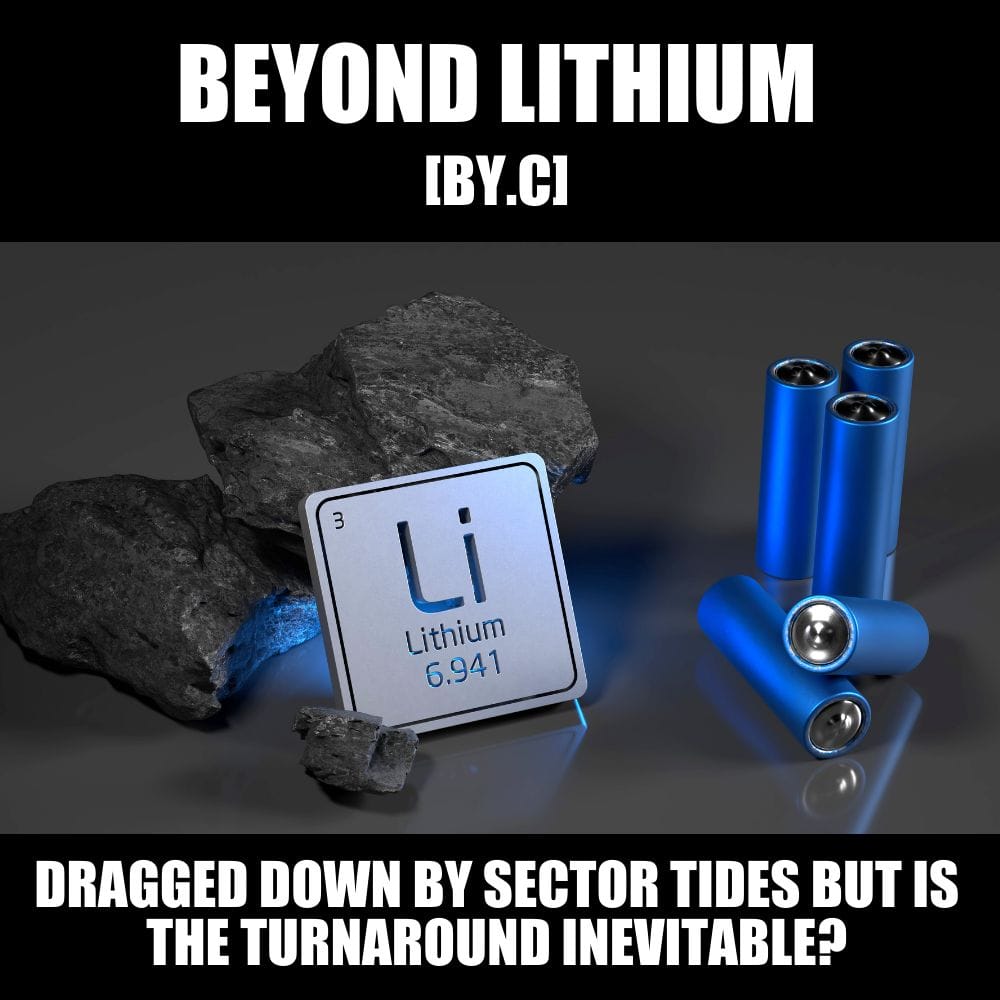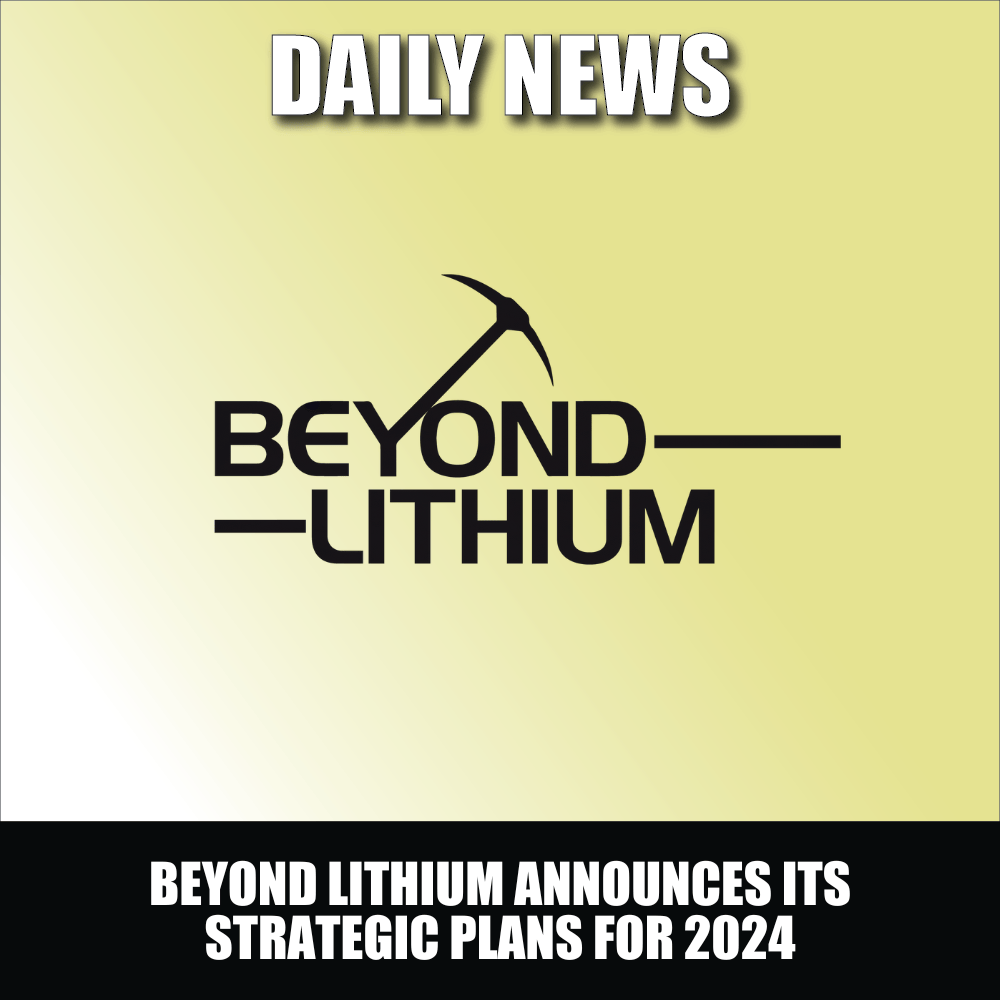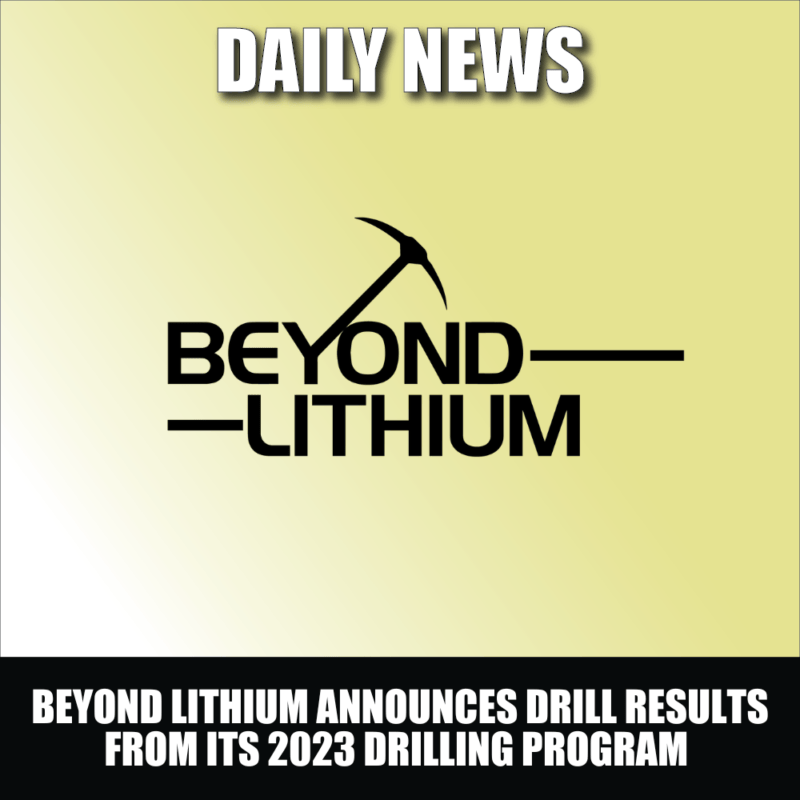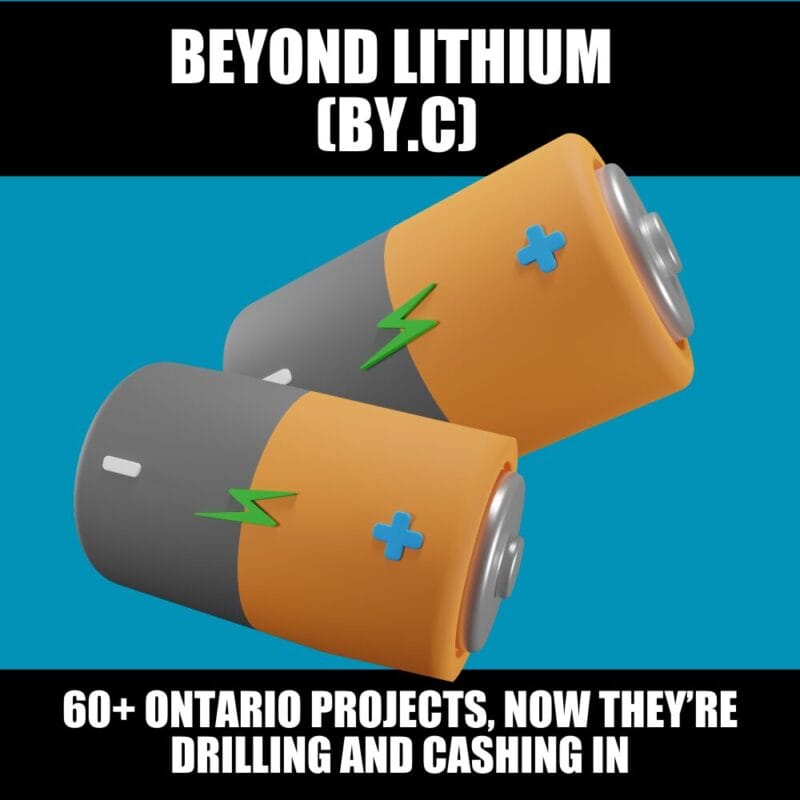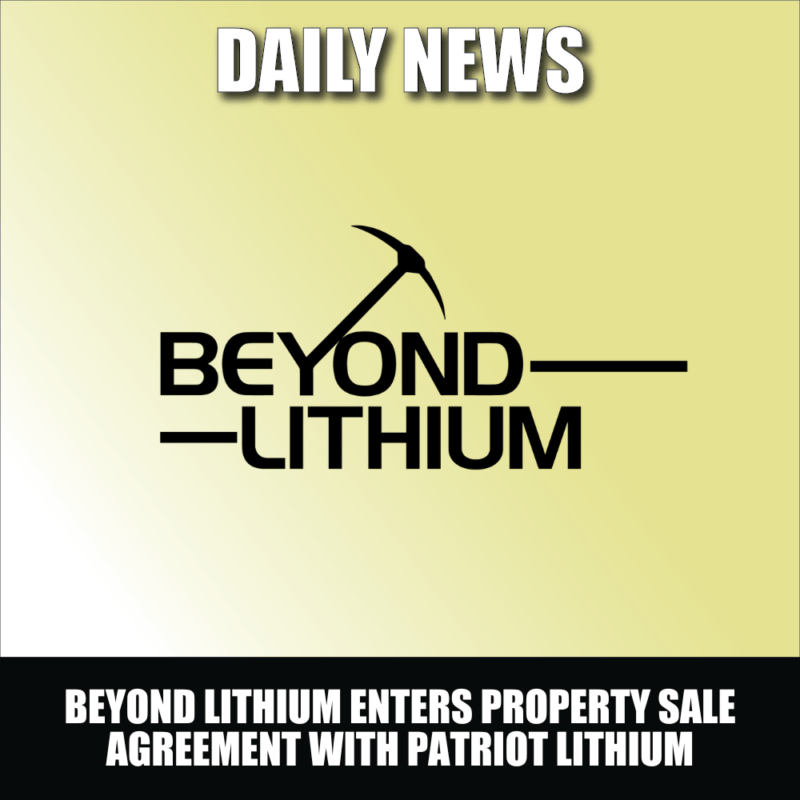The world of science and engineering is in a state of melancholy. John B. Goodenough, the acclaimed inventor of the lithium-ion battery and a stalwart of the global scientific community, passed away on Sunday at the age of 100. This Texas University professor, Nobel laureate, and celebrated public servant leaves behind a legacy that reshaped the modern world and set the course for the future of energy with the creation of the lithium market.
Goodenough’s work was instrumental in the advent of the wireless revolution, putting power in the pockets of millions worldwide, from mobile phones to electric vehicles. He discovered and developed the critical cathode materials needed for high-energy density in lithium-ion batteries, a revolutionary leap forward from traditional metallic lithium anodes. His work was recognized with a Nobel Prize in Chemistry in 2019, and his influence has been felt across the scientific world, particularly in the area of battery research and development.
However, as we mourn his passing, we must also face the stark realities of the current state of the lithium market. Warnings of potential shortages in lithium, essential for the production of EV batteries, are becoming increasingly frequent. Reports from producers suggest that several factors such as permitting delays, workforce shortages, and inflation could cause an imbalance between supply and demand.
There is increasing alarm among lithium miners that a potential “crisis situation” could arise, where battery companies lack the security of lithium feedstock. Despite the escalating panic, some see this as an opportune time for new players to enter the lithium market.
Why All The Fuss?
Lithium, a silvery-white alkali metal, is the backbone of our rapidly advancing tech-saturated world. Found globally, it is chiefly used in the production of batteries, accounting for nearly 80% of its worldwide usage. The remaining 20% finds its way into ceramics and glass, greases, medical applications, and more. There are three primary sources for lithium extraction – brines, spodumene, and lepidolite. The brine deposits, which contain dissolved lithium in saltwater accumulations, are primarily found across Bolivia, Chile, Argentina, the United States, and China. On the other hand, spodumene and lepidolite, hard rock compounds of lithium, are abundantly found in Australia, China, Canada, and other regions.
Geological surveys estimate that there are about 98 million metric tons of lithium resources globally, with more than half of these resources located in Bolivia, Chile, and Argentina – the three South American countries often referred to as the “lithium triangle”. The reserves of lithium, which are the commercially viable subsets of the resources, amount to 26 million tons globally. Chile has the largest lithium reserves with 9.3 million tons, followed by Australia with 6.2 million tons. Other countries with significant lithium reserves include Argentina, China, Portugal, Germany, Austria, Czechia, Finland, Serbia, and Spain.
The demand for lithium has seen a substantial increase in recent years due to the world’s shift from fossil fuels to cleaner energy sources, with a focus on electric vehicles. This has led to a demand surge for lithium, with global consumption increasing by more than 40% year on year, reaching 134,000 tons in 2022. This rise in demand has pushed the lithium production upwards, with the production levels increasing by over 20% to reach 130,000 tons in 2022. Despite this increase in production, there is still a supply-demand gap, with the demand slightly exceeding the production, leading to a surge in the lithium carbonate spot prices. There are concerns that the lithium production will need to increase significantly in the coming years to match the global demand. Some key players in lithium production include American Lithium Corporation, Rio Tinto Group, Ganfeng Lithium Group Co., Ltd., Piedmont Lithium Inc, and Albemarle Corp.
So Where Is It?
The top ten countries with the largest lithium resources include Bolivia with the highest lithium resources of 21 million metric tons but currently without any lithium production. Argentina follows with 20 million tons and a production of 6,200 metric tons in the last year. The United States, Chile, and Australia are next in line, with resources amounting to 12 million, 11 million, and 7.9 million metric tons, respectively. Other countries in the list include China, Germany, the Democratic Republic of Congo, Canada, and Mexico.
Considering the rise in demand and the upward trends in the lithium market, it is clear that lithium is set to play a significant role in our energy future.
Putting Your Money Where Your Mouth Is
Investment in lithium, particularly in lithium iron phosphate (LFP) battery cells and materials, is witnessing a surge in the United States. Key to powering electric vehicles (EVs), these components provide a lower-cost alternative to nickel cobalt manganese cells. Some of the major players in the industry such as Tesla and Rivian are reportedly contemplating significant investments in this sector.
Several major corporations have already made substantial commitments. Ford plans to open a $3.5 billion LFP manufacturing plant in Michigan, using technology from China’s CATL. LG Energy Solution will add LFP production to its Michigan battery cell plant as part of a $1.7 billion expansion. Gotion, a Chinese battery maker, has announced a $2.4 billion project to make battery materials in Michigan, set to begin in 2025. A $1.7 billion battery plant outside Atlanta is expected from Norwegian battery startup Freyr, which will utilize technology from Aleees and 24M.
Canada is poised to make substantial investments in the future of electric vehicle (EV) technology. According to senior government sources, the upcoming federal budget will allocate at least C$2 billion ($1.6 billion) towards a strategy designed to expedite the production and processing of critical minerals essential to the EV battery supply chain. These include minerals like nickel, lithium, cobalt, and magnesium. While specific timelines for these investments remain unconfirmed, the Canadian government’s commitment is clear.
In an effort to stimulate the domestic production of these vital minerals, the government has expressed interest in several potential projects. Natural Resources Minister Jonathan Wilkinson stated that these projects, whether focusing on extraction or processing, need to be significantly accelerated – a goal that aligns perfectly with the country’s critical mineral strategy. While specific details about these projects have not been disclosed, the government’s resolve underlines its commitment to both economic growth and environmental sustainability.
Canada’s substantial mineral wealth provides an opportunity for job creation, economic expansion, and a key role in the global critical minerals industry, according to Adrienne Vaupshas, press secretary for Finance Minister Chrystia Freeland. This vision complements ongoing efforts to create an end-to-end EV supply chain in Ontario, which is in close proximity to major U.S. automakers based in Michigan and Ohio.
Ontario’s ambitious plan is already in motion, with significant investments from automakers like Volkswagen, Stellantis, and LG Energy Solutions for battery cell manufacturing. Umicore, a Belgium-based company, has also invested heavily in the province, establishing a $1.5 billion cathode active material facility. One of Ontario’s main focuses is the production of lithium hydroxide, a key component in lithium-ion batteries.
Quebec, another Canadian province, is already on track with lithium production. Quebec-based mining company, Nemaska Lithium, has recently secured an 11-year agreement to supply Ford with up to 13,000 tonnes of lithium hydroxide annually.
Even in the remote reaches of Canada’s Northwest Territories, like the subarctic community of Whatì, the echoes of this lithium market boom can be felt. As investments surge and projects proliferate, Canada’s role in the global EV market is rapidly evolving, with a potential impact reaching far beyond its borders.
These developments underline the burgeoning interest and investment in the lithium-based future. By securing domestic and international commitments, these jurisdictions are strategically positioning themselves to capitalize on the rapidly growing EV and lithium-ion battery market. With these investments, the future of lithium as a crucial component of the global green economy seems bright and promising for consumers and the companies that are exploring for these minerals.
Speaking of Exploration
Beyond Lithium (BY.C), an emerging Canadian lithium exploration company, is making notable strides in its ongoing 2023 Phase 1 exploration program. The program has successfully prospected 25 properties covering an expansive area of 78,061 hectares. Allan Frame, Beyond Lithium’s President and CEO, confirmed that the fully-funded Phase 1 exploration program is progressing as scheduled and within budget, with a plethora of samples already at the lab for testing.
The company’s crews are currently working in multiple areas. One crew is prospecting in the Eastern English River District, while three additional crews are slated to resume field work in the McKenzie Bay and Western English River districts. The teams have collectively gathered over 350 grab and channel samples from various properties, with 290 already submitted for lab analysis. Initial data compilation and outcrop mapping indicate possible mineral zonation, with traces of tourmaline, garnet, and beryl found in several properties including Temple Bay, Cosgrave Lake, and the Laval.
The Senior Geologist at Beyond Lithium, Paul Baxter, is leading the relogging program of historical drill cores. Baxter has already completed the relogging of the Sollas Lake property’s core and aims to finish relogging and sampling four additional historical drill cores from the Oneman Lake property by June 17th. More historical cores are anticipated to be relogged and assayed in the latter half of June.
According to the Ontario Drill Hole Database, a total of 454 historical drill holes have been drilled across fifteen of Beyond Lithium’s projects. At least seven historical drill holes have been found in Ontario government core facilities, and Beyond Lithium expects to locate more as its Phase 1 exploration program continues.
Beyond Lithium holds a significant position as the largest greenfield lithium exploration player in Ontario, boasting 64 high-potential greenfield lithium properties covering more than 150,000 hectares. The company follows a project generator business model to optimize funds available for exploration while minimizing shareholder dilution. It is actively advancing its projects with an exploration team and will also seek to option other properties to joint venture partners. Such strategic partnerships offer non-dilutive working capital, partner-funded exploration, and long-term residual exposure to discovery potential.
Conclusion
The world is navigating a significant juncture in the evolution of energy sources and power storage with the lithium market and explorers like Beyond Lithium at the heart of it. As we continue to shift from fossil fuels to cleaner, more sustainable energy sources, the demand for lithium will surge at an unprecedented rate, presenting a unique opportunity for a healthy future and the potential of significant investment growth. In short, the story of lithium post-Goodenough is a beacon of hope and progress.

